Background Analysis
Project Duration: August 7, 2022 – Present
Project Location: Oil extraction plant in Northwest China
Project Background:
In the field of oil and gas production, inspecting pipelines and site environments to identify potential safety hazards and monitor equipment for abnormalities is fundamental to ensuring the safe operation of the oil and gas pipeline network. However, the current inspection methods for oil and gas pipelines and facilities primarily rely on manual inspections or a combination of manual and machine inspections. Due to the complex terrain traversed by the oil and gas pipeline network, traditional inspection methods often face challenges such as low efficiency, infrequent inspections, slow identification of issues, long inspection cycles, high costs, and significant limitations. These issues greatly impact the production safety of oil and gas storage and transportation.
Inspection Status
▶ Low inspection frequency
▶ Low inspection efficiency
▶ Human oversight resulting in delayed detection of hazards
▶ Inadequate management of inspection data
▶ High safety risks
Demand Analysis
▶ Pipeline/site/wellfield inspections with hazard warnings
▶ Rapid investigation of sudden accidents, assisting decision-making
▶ Nighttime comprehensive inspections for oil theft evidence
▶ Three-dimensional visualization of assets, digital twin foundation
▶ AI automation for analysis and processing of inspection data
Intelligent Crowd-Control Unmanned Drone Inspection System
The Intelligent Crowd-Control Unmanned Drone Inspection System, centered around the intelligent drone management platform, leverages smart equipment such as DJI airports, fixed-wing aircraft airports, unmanned helicopter airports, and other intelligent devices. Based on emerging technologies like drones, geographic information systems, and artificial intelligence, it achieves unmanned intelligent inspections of stations, wellfields, and pipelines. This system creates a new application for intelligent unattended stations, enhancing inspection efficiency and accuracy while reducing the likelihood of equipment failures and accidents. It ensures the stable operation of production equipment and production safety.
This marks the initiation of a new inspection mode for the oil and gas pipeline network, characterized by intelligence, autonomy, and unmanned capabilities. It truly enables high-frequency and routine inspections, effectively supporting the digital transformation of the oil and gas pipeline network, and achieving cost reduction and efficiency improvement.
System Composition and Applications
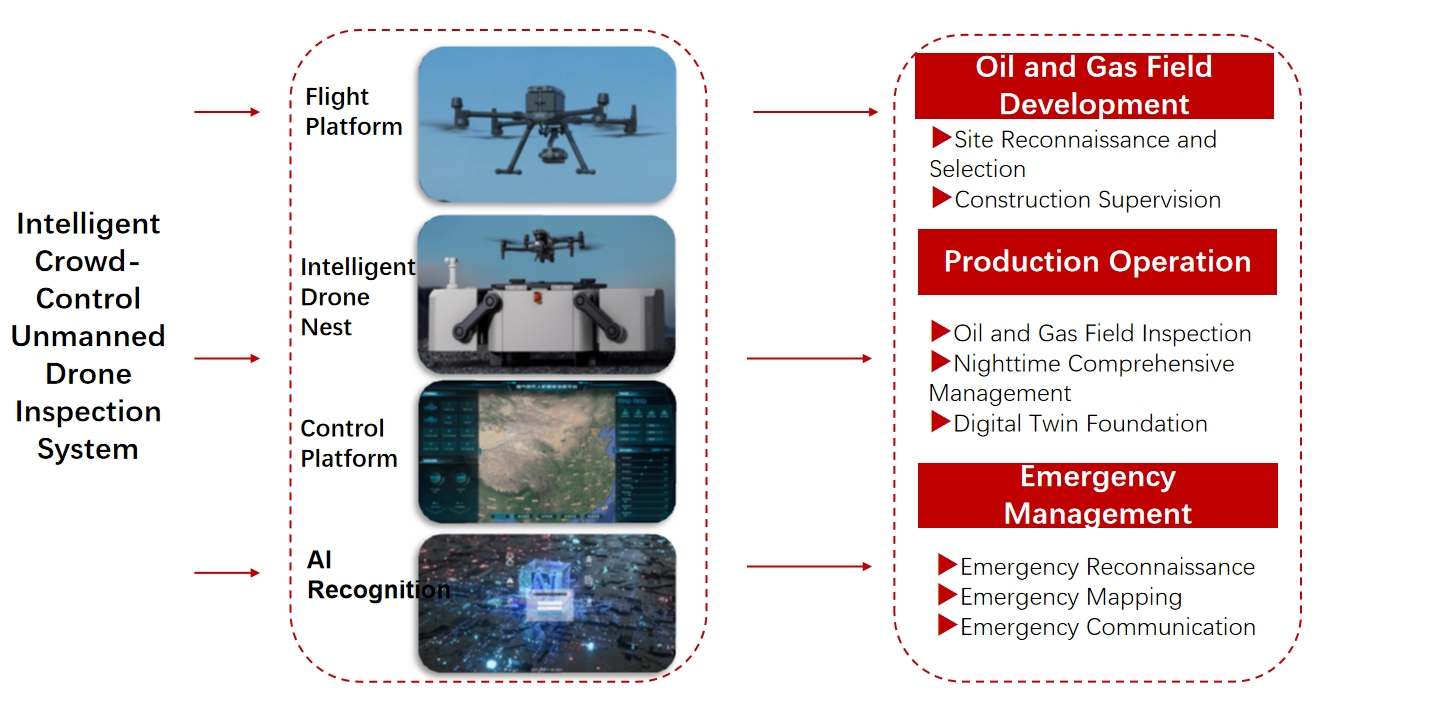
Unmanned Inspection Process for Oil and Gas Fields
Building an UAV Application Service Ecosystem Centered around Unmanned Inspection Operations in Oil and Gas Fields
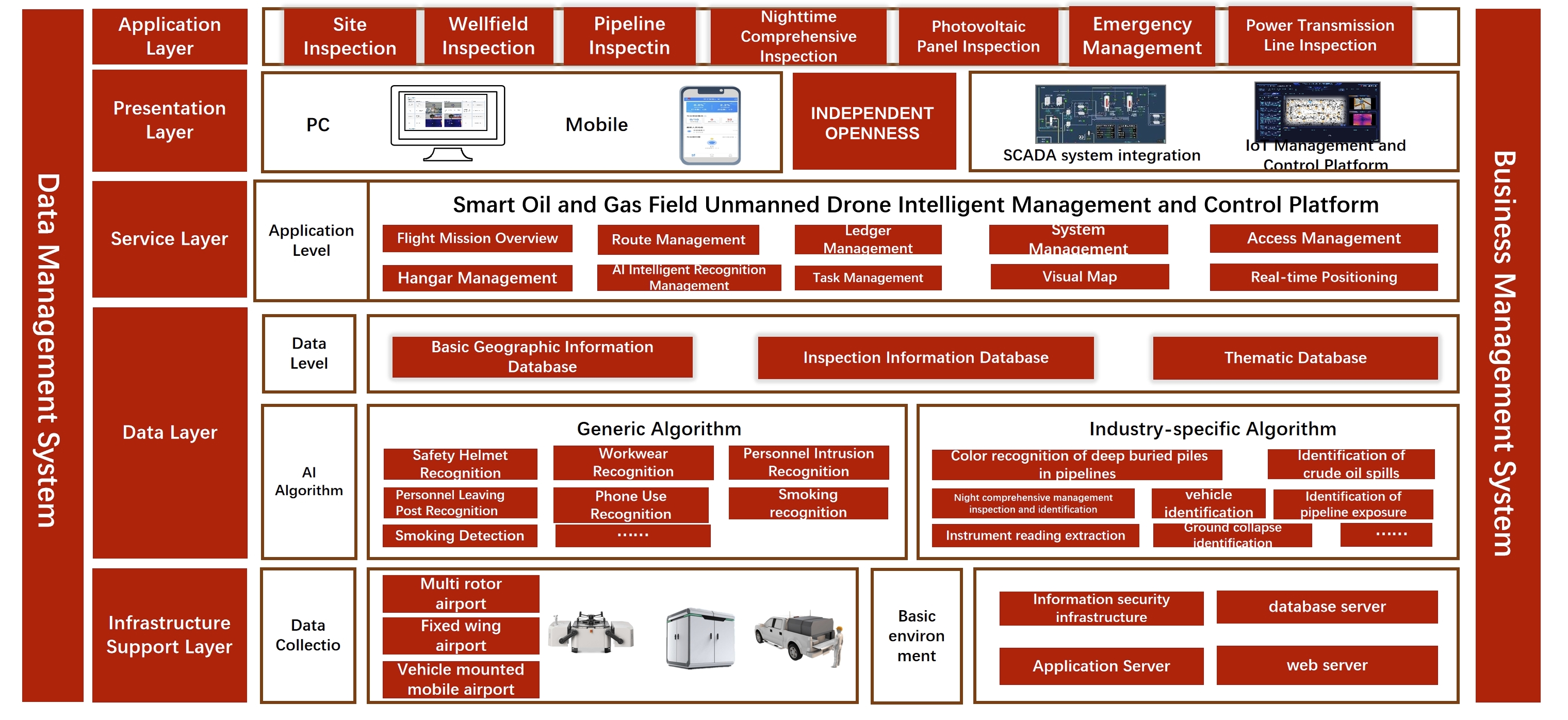
Implementation Process of Intelligent Inspection
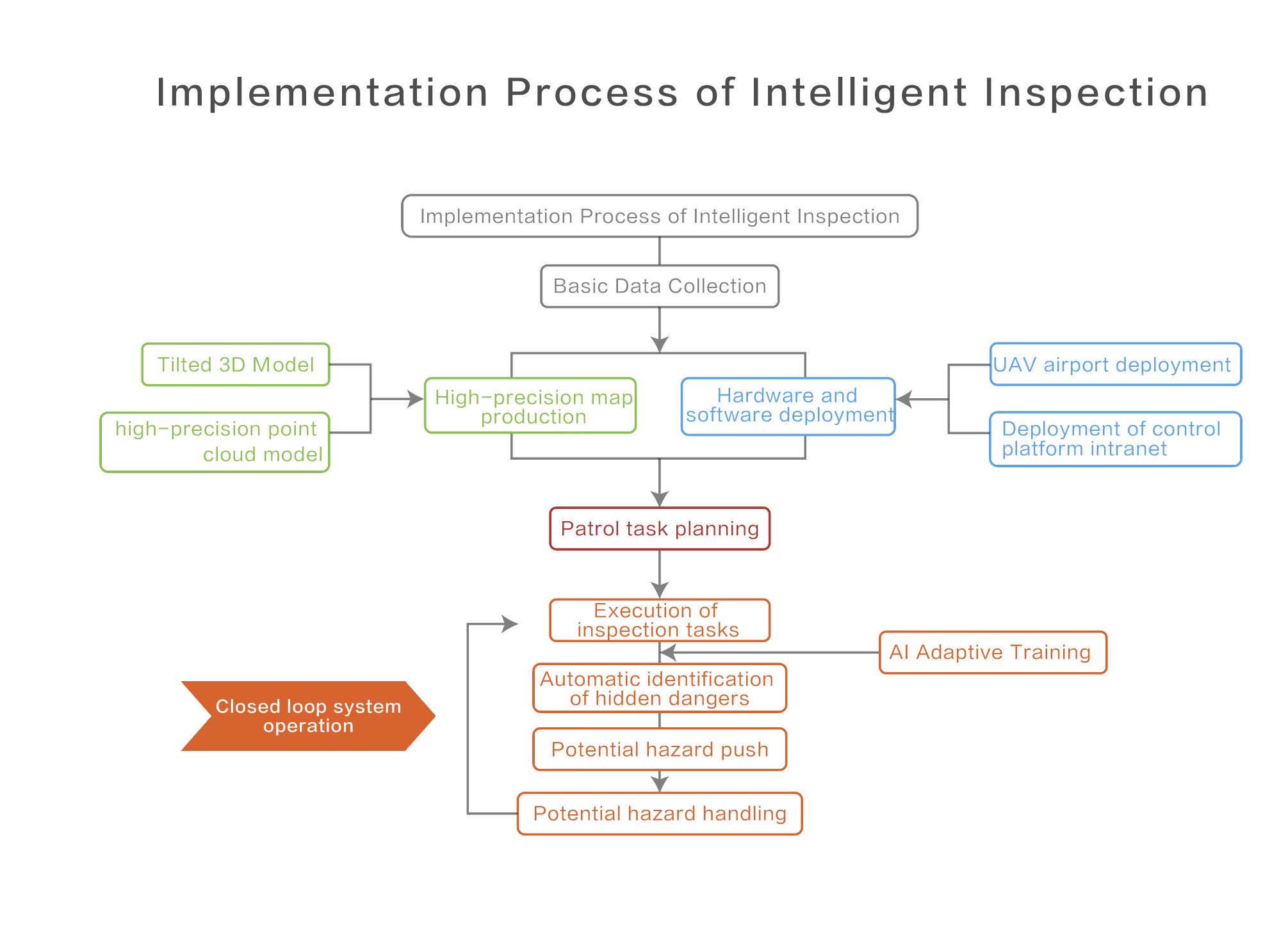
Implementation Process - Site Reconnaissance and Selection
Site reconnaissance and selection are based on on-site topography, climate, site clearance, power supply, and other external conditions. This process combines the actual conditions obtained through interviews and surveys conducted by our technical personnel and on-site staff. The goal is to ultimately select suitable areas for deploying the airport, ensuring the safety of drone operations and equipment, and optimizing the utilization of infrastructure. The specific process includes preliminary site selection based on electronic maps, on-site drone aerial photography of site scenes and surrounding environments, preliminary testing of networks, and on-site interviews with staff. Subtasks include survey marking, completing survey forms, determining deployment locations, uploading site selections to electronic maps, and generating the final reconnaissance report.
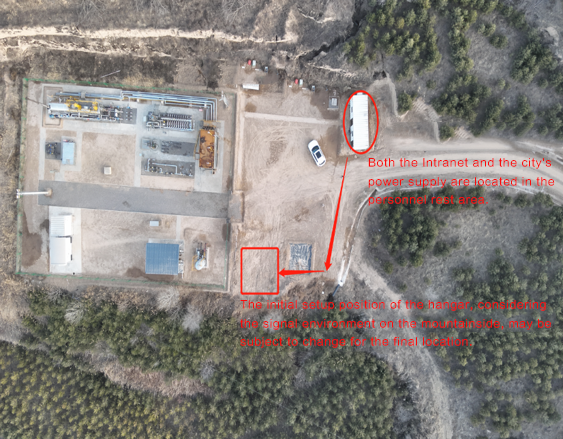

Implementation Process - Tilted 3D Model
Pipeline, station, and wellfield within the airport coverage area Achieve precise site selection, visualized management, and pipeline integrity management
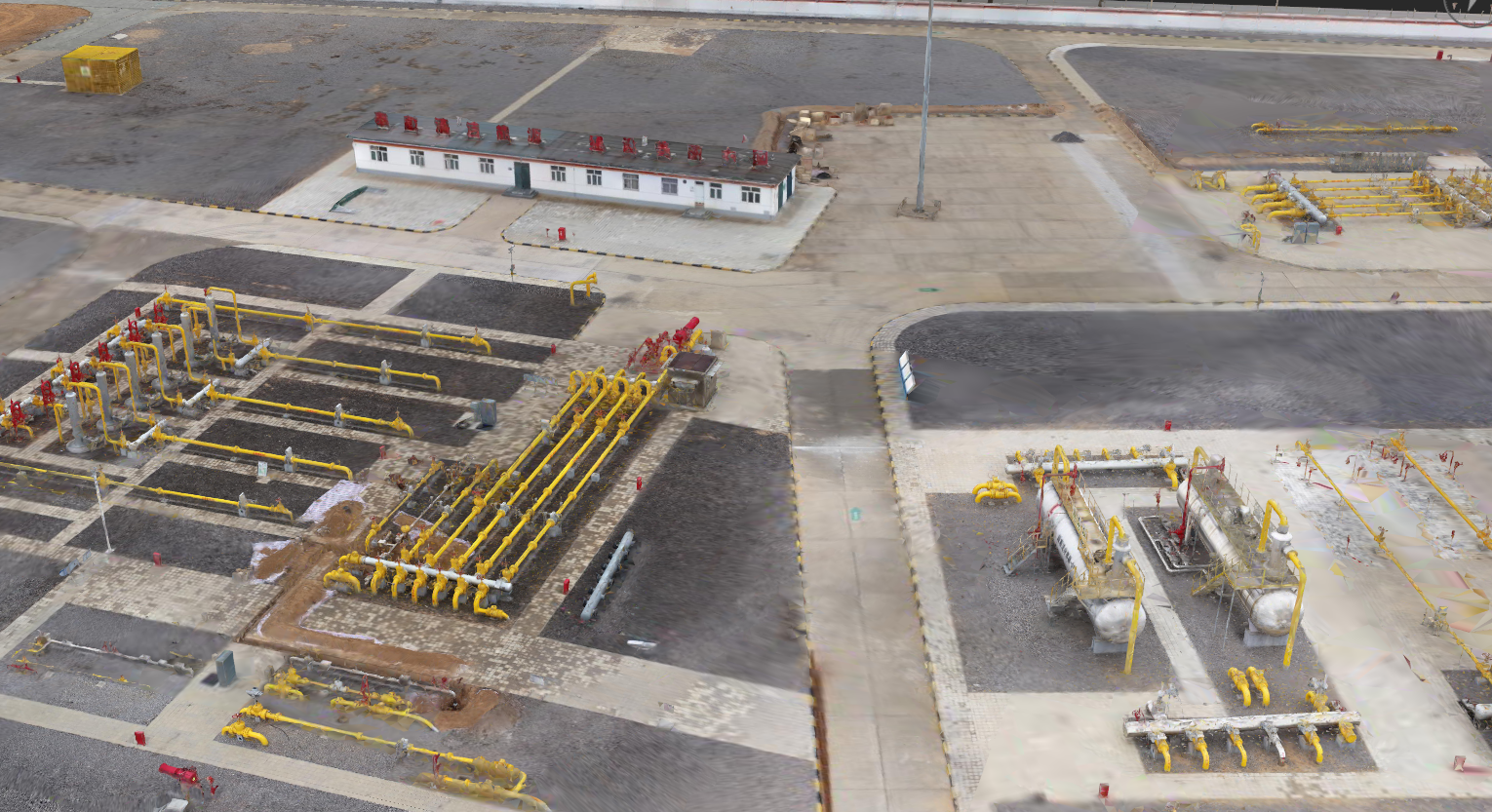
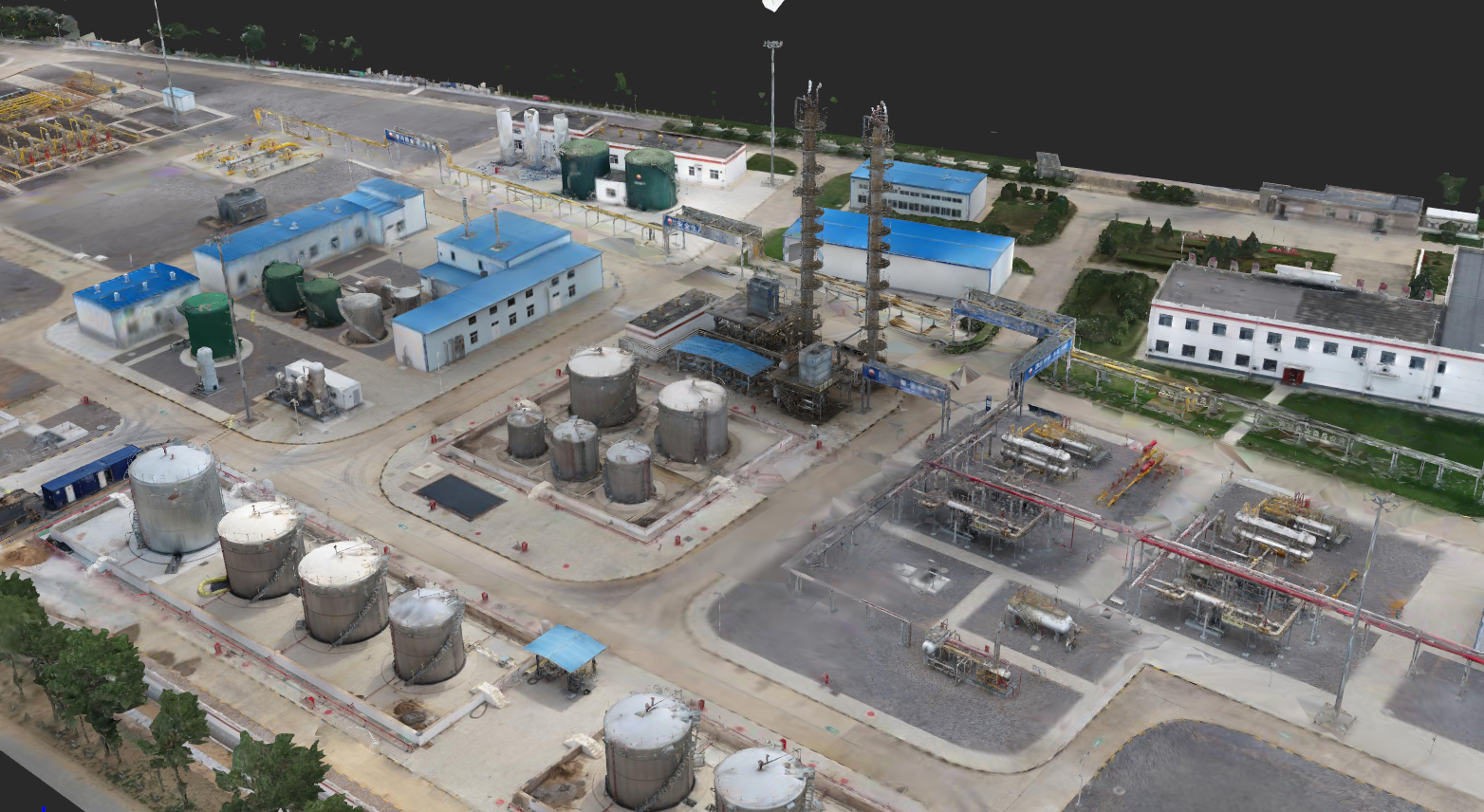
Implementation Process - Laser Point Cloud Modeling
Complex terrain areas, high-consequence zones, high-risk areas, and areas requiring detailed inspections
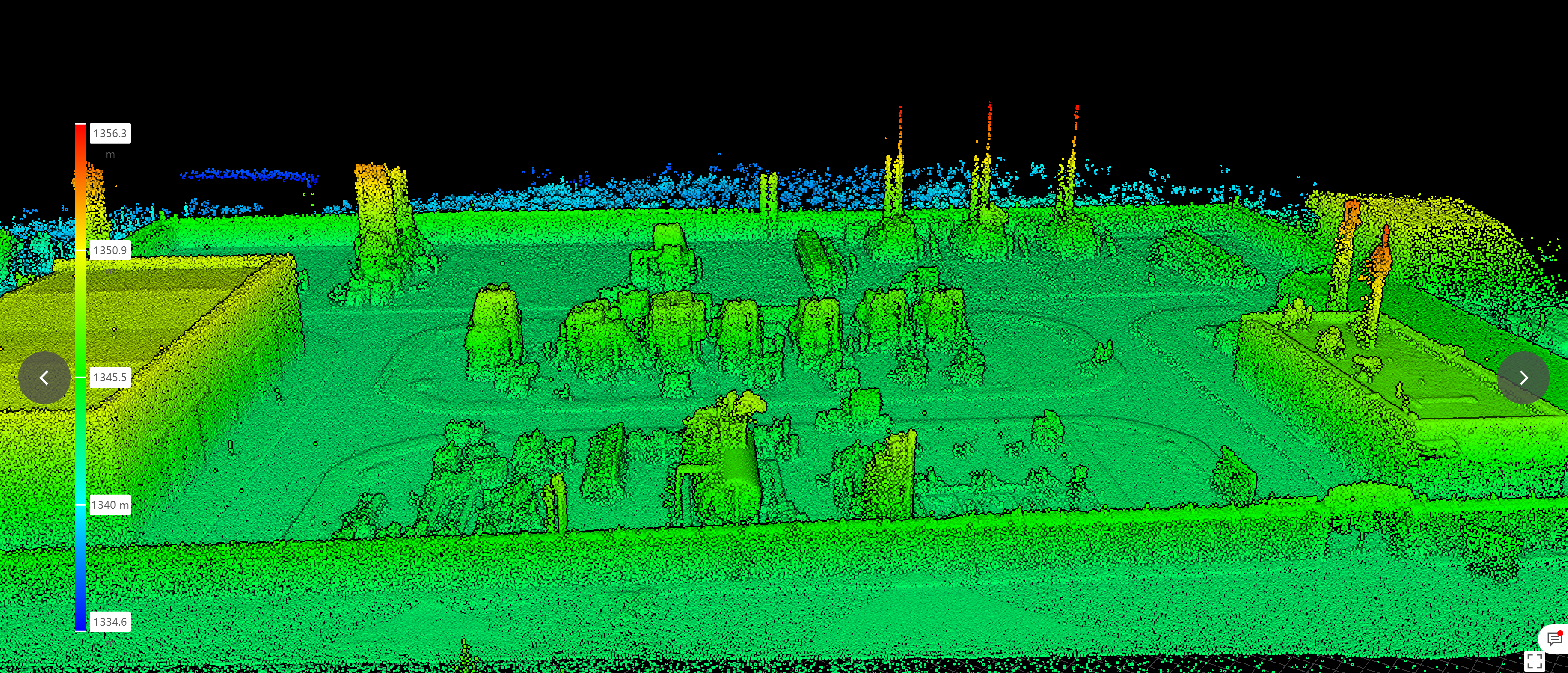
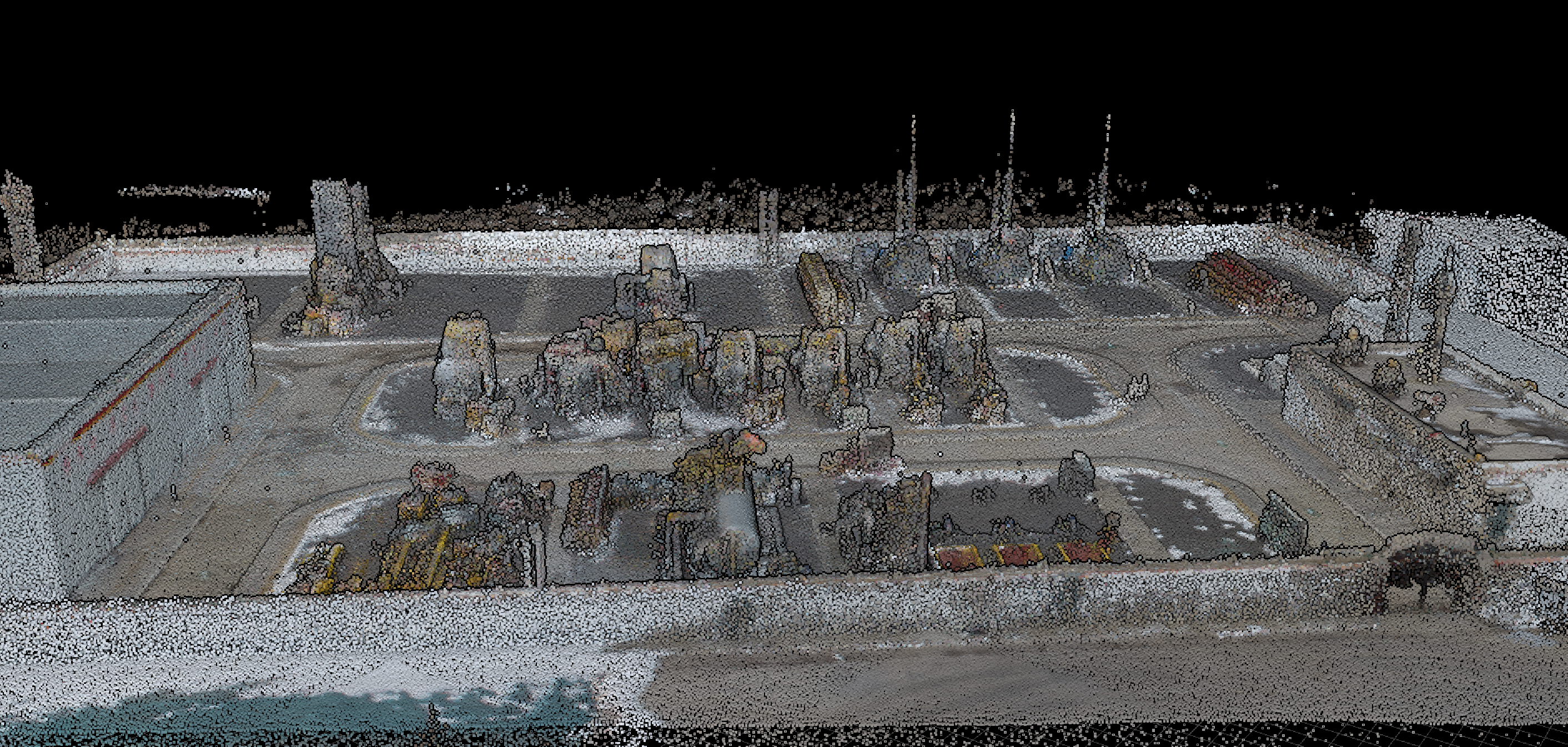
InsightAl. Intelligent Inspection and Control Platform
The InsightAl. Intelligent Inspection and Control Platform conducts oil and gas station and pipeline inspections through unmanned means. It utilizes precise positioning based on laser radar point clouds, scientifically plans inspection paths, capture positions, angles, and safety points. The platform enables remote control of drone flights, autonomous collection of mission payloads, and remote monitoring of inspection status. Additionally, it establishes AI autonomous recognition capabilities to automatically identify issues such as exposed pipelines and illegal construction.
InsightAI currently has an intelligent and unmanned inspection closed loop, starting from unmanned data collection, AI automatic identification and analysis, automatic generation of hazard reports, to feedback on hazard disposal results. This truly achieves the unmanned, routine, and intelligent inspection.
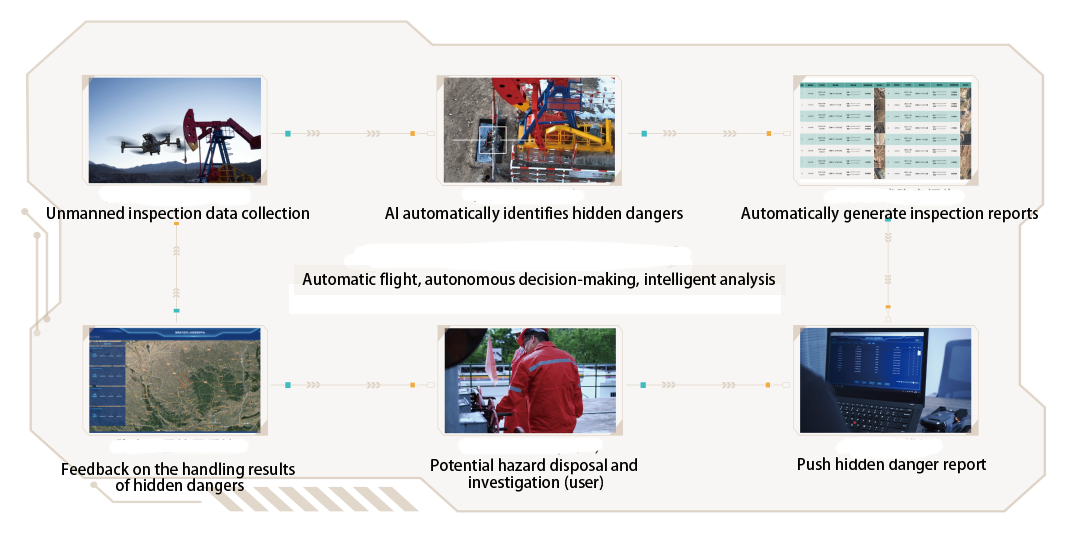
The unmanned aerial vehicle intelligent management platform adopts a hierarchical management model. Administrators can, on the system overview interface, view the overall flight mission, pipeline inspection hazard statistics, station inspection hazard statistics, and wellfield inspection hazard statistics for the operating area. Simultaneously, the analysis of inspection task results will assist administrators in gaining a detailed and comprehensive understanding of the overall situation in the operating area.
Platform Feature: Permission Management - System Monitoring
In the system monitoring view, the Wise Patrol unmanned aerial vehicle intelligent management platform provides visualized statistical displays of pipelines, stations, wellfields, and nighttime inspection tasks. This offers task reminders for personnel in executive roles, allows for rechecking inspection hazards, increases inspection frequency, and enhances the efficiency of hazard handling.
In the management planning view, the Wise Patrol unmanned aerial vehicle intelligent management platform provides functions for route planning, task management, results analysis, configuration management, and system management. This facilitates operators in planning production routes for pipelines, stations, and wellfields within the operating area. Additionally, it assists operators in issuing route tasks, collecting route results, and completing the closed loop of inspection tasks.
Wellfield Inspection/Station Inspection routes are planned based on high-precision laser point clouds, utilizing a target object inspection approach. The inspection is centered around operational equipment, planning inspection photograph points for the equipment. The gimbal orientation is adjusted based on the photograph points, achieving fine-grained inspection of operational equipment. Simultaneously, high-resolution cameras and thermal imaging sensor technology are employed to provide more accurate inspection data, facilitating maintenance and repairs for management and technical personnel. This precision maintenance enhances operational efficiency for the equipment.
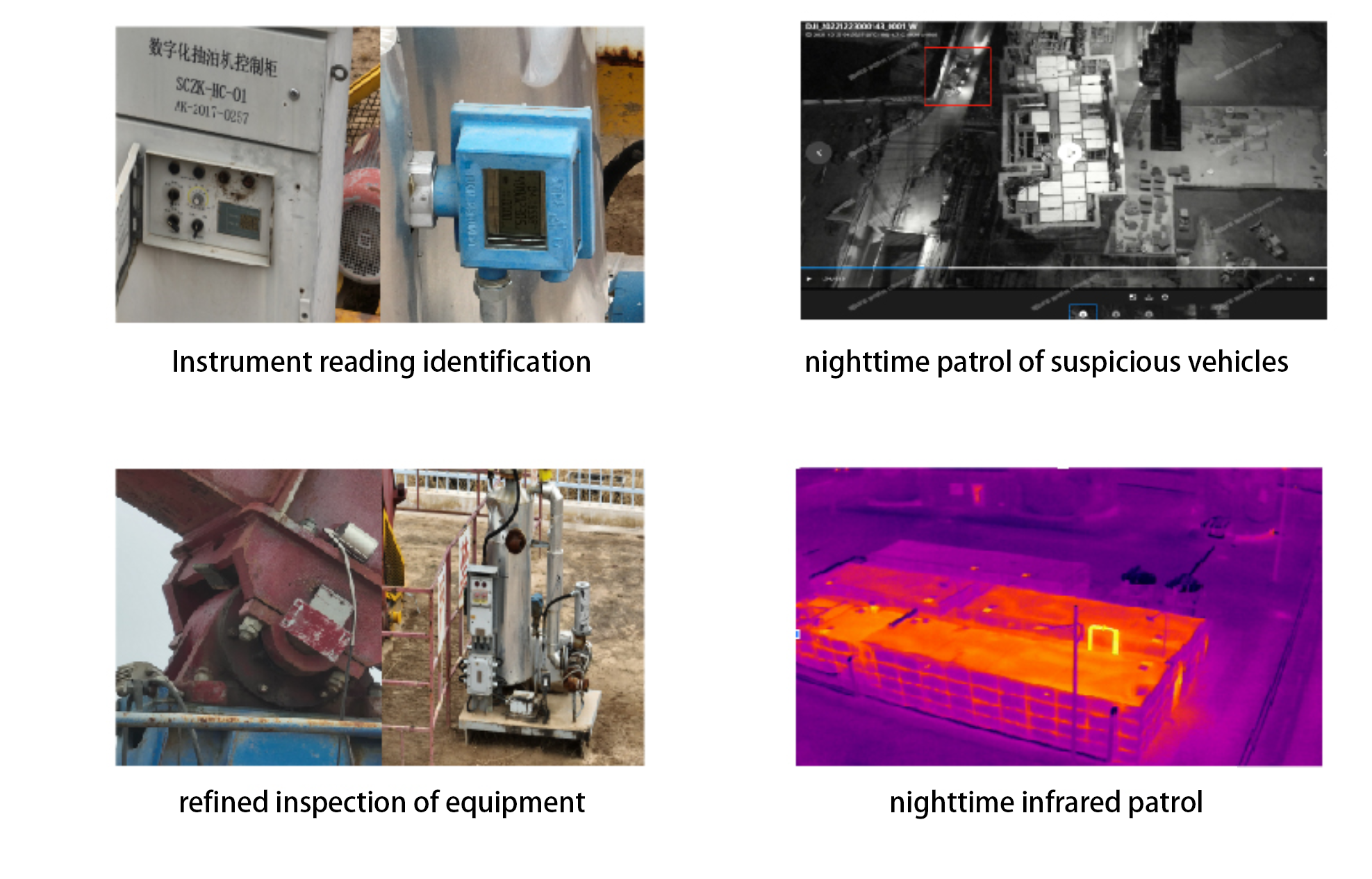
Platform Feature: Pipeline Inspection
Pipeline inspection routes are directionally planned based on the system's built-in pipeline vector information, generating inspection routes with a single click. These routes adhere to the control of waypoint spacing by operators based on requirements such as image coverage. Simultaneously, the inspection distance for route planning is pre-determined, enhancing the planning accuracy and efficiency of pipeline routes.
Platform Feature: Automatic AI Hazard Recognition
Based on deep learning technology, this universal intelligent recognition platform standardizes the complex processes of data processing, exploration, and machine learning. It provides an all-in-one modeling service from data processing, feature derivation, model construction to the final model deployment. This allows both managers and production personnel to operate and practice directly. The platform assists enterprises in providing model support for scenarios such as pipeline inspection, photovoltaic power, and transmission lines through model training. It can dynamically upgrade and optimize based on changes over time, ensuring the safe and efficient operation of the pipeline network.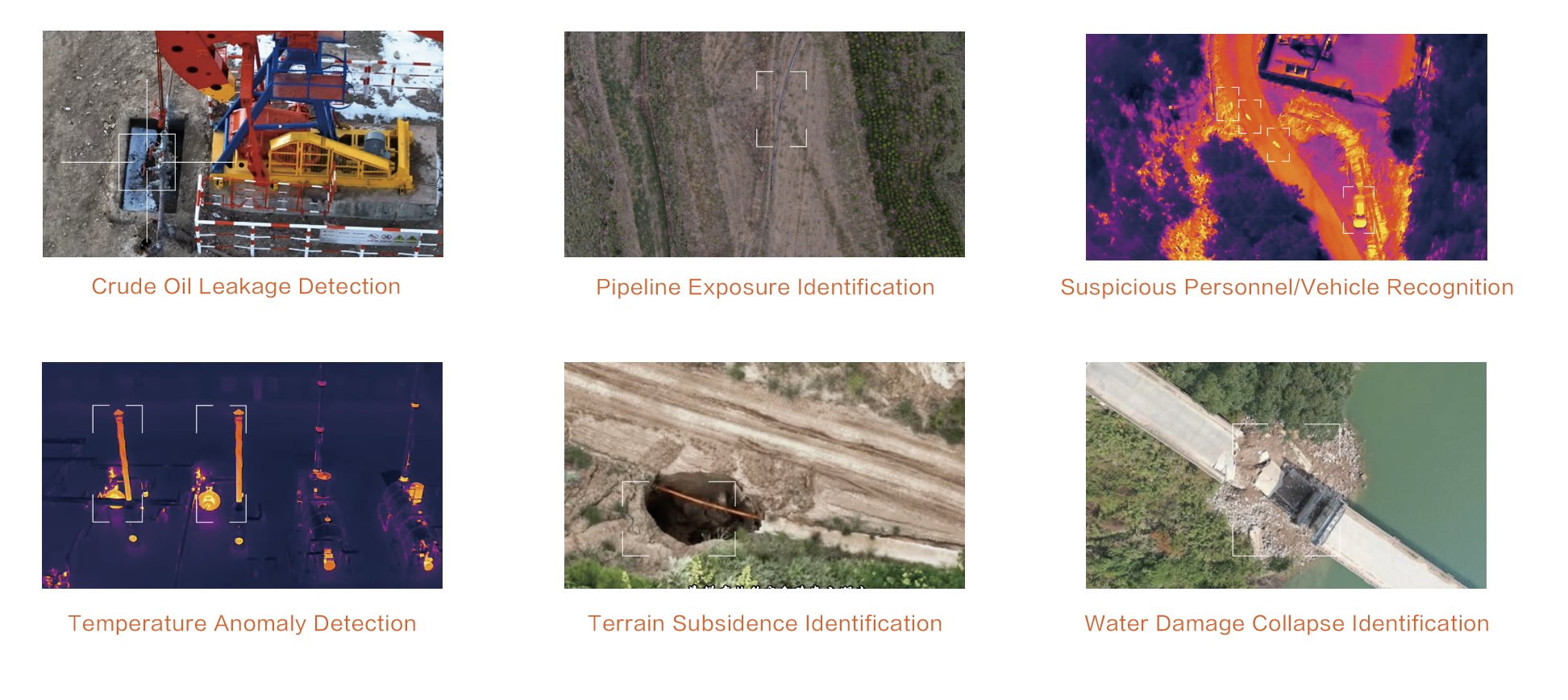
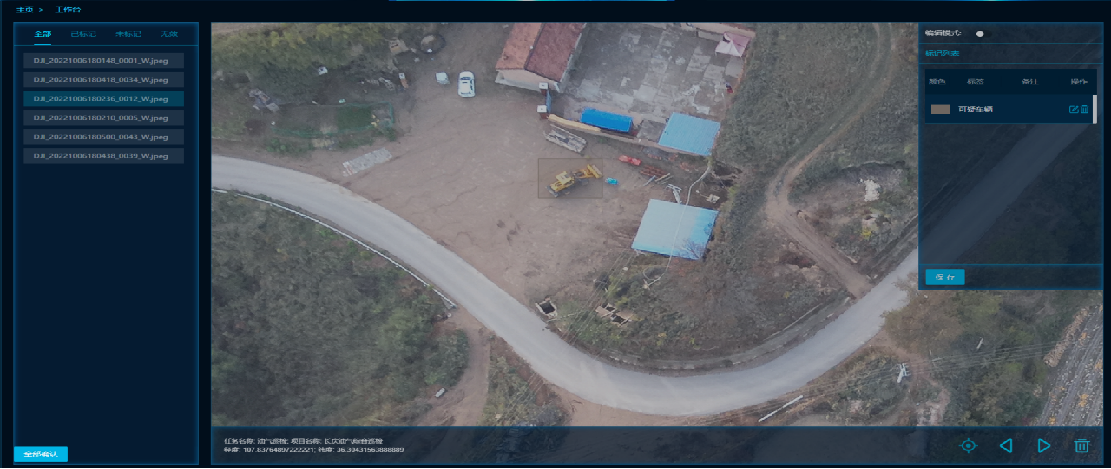
Project Achievements
Since the deployment of the airport on August 7, 2022, a total of approximately 2700 inspection missions have been carried out. Especially after special natural disasters such as heavy rain, the frequency of inspections has increased. The platform intelligently identifies hazards such as pipeline exposure, collapse, personnel, and vehicles, achieving an identification accuracy of over 80%. It has identified 45 cases of pipeline collapse, 52 cases of pipeline exposure, 5 instances of unauthorized vehicle construction around the pipeline, and 2 cases of pressure on the pipeline from above. All of these were promptly reported to the responsible personnel at the station for timely disposal, eliminating safety hazards in pipeline operation.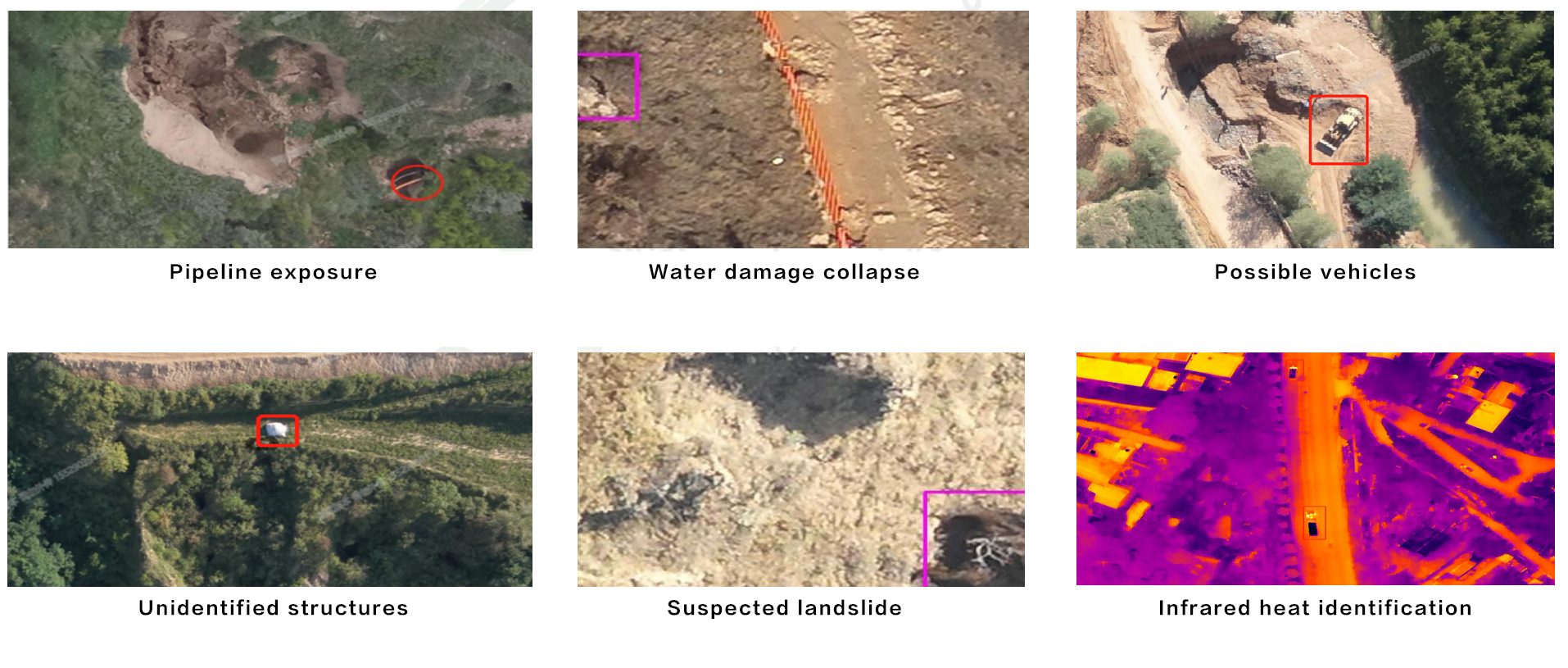
The system's built-in AI algorithms automatically generate hazard defect reports, liberating manpower and achieving efficient, low-cost inspections.
